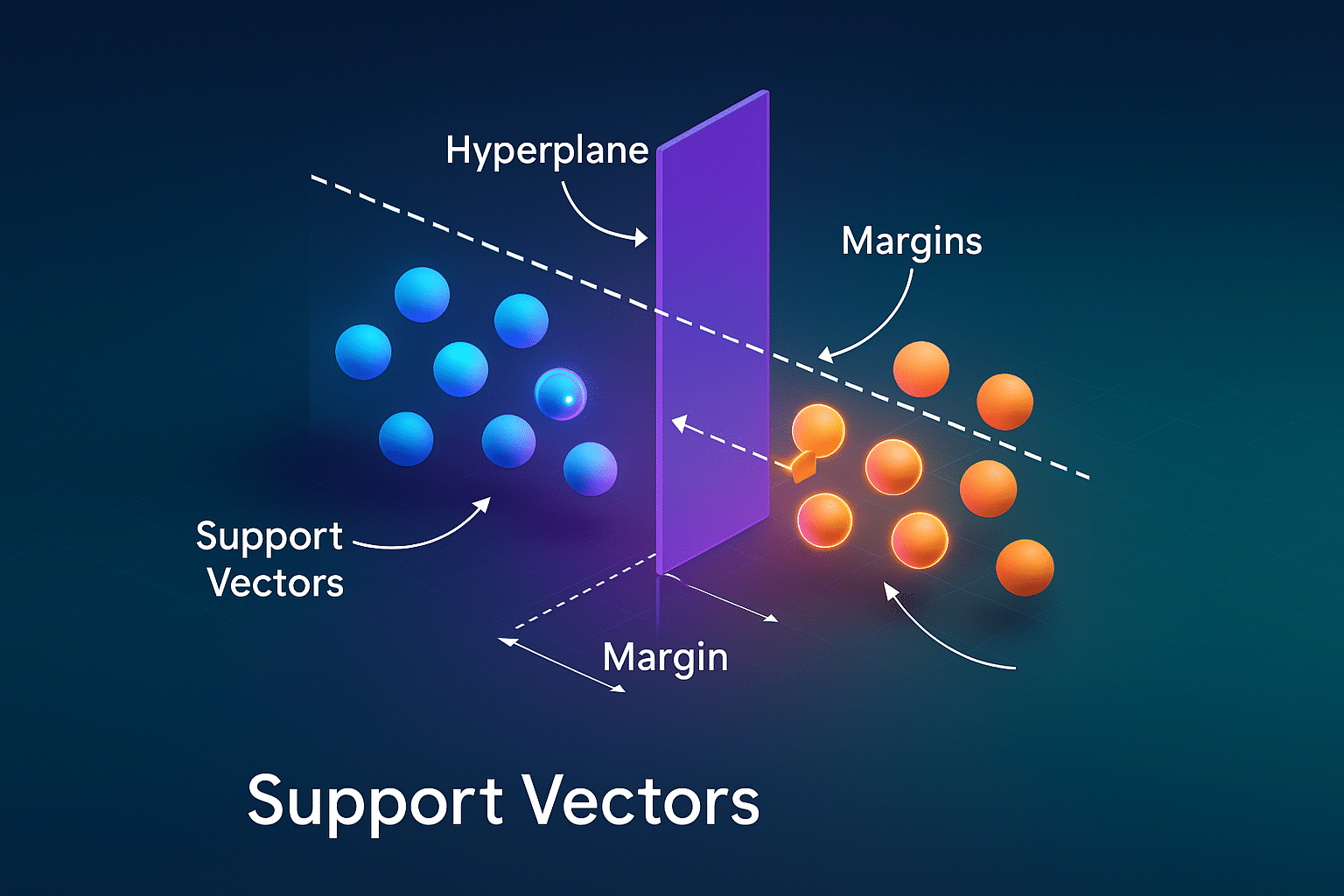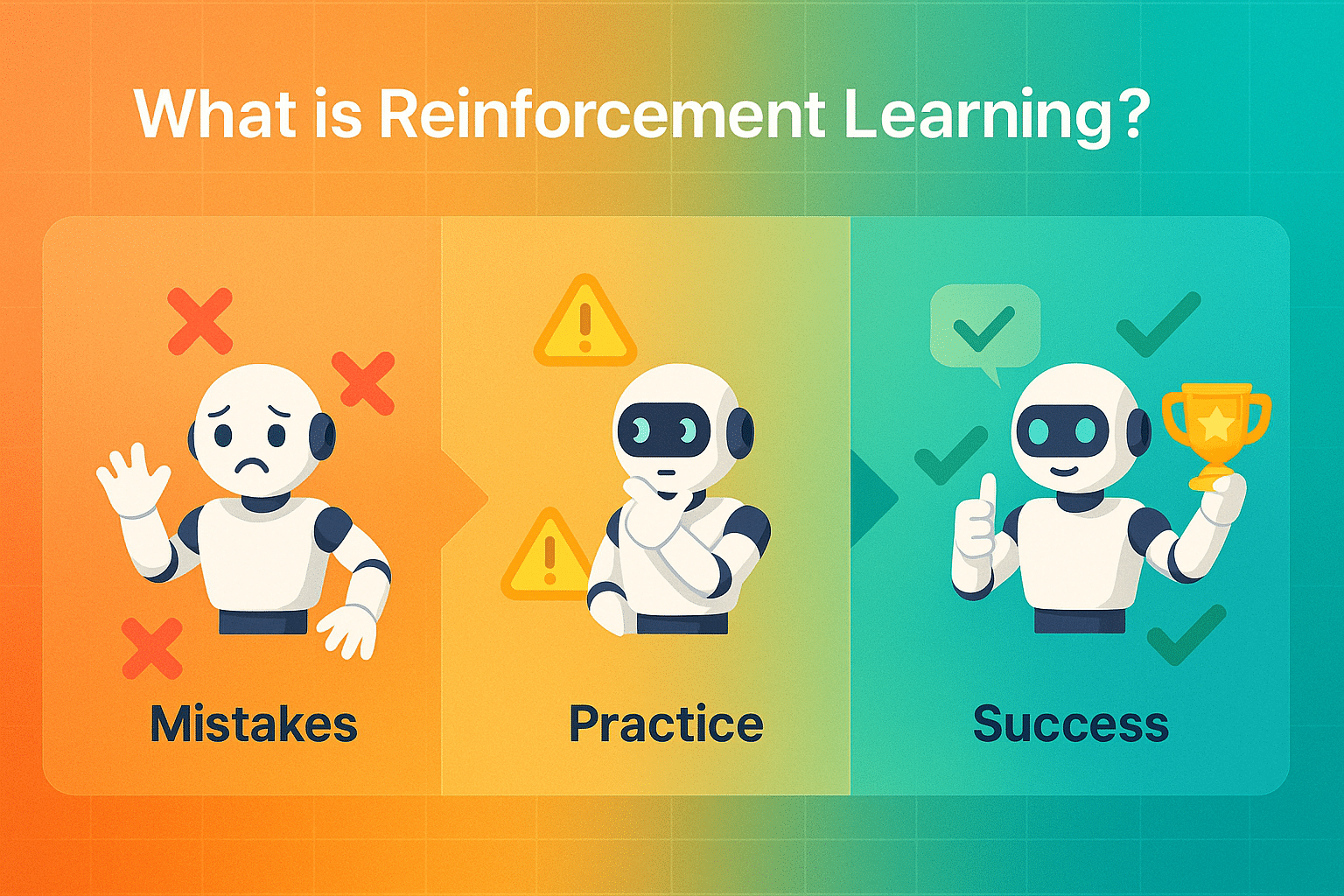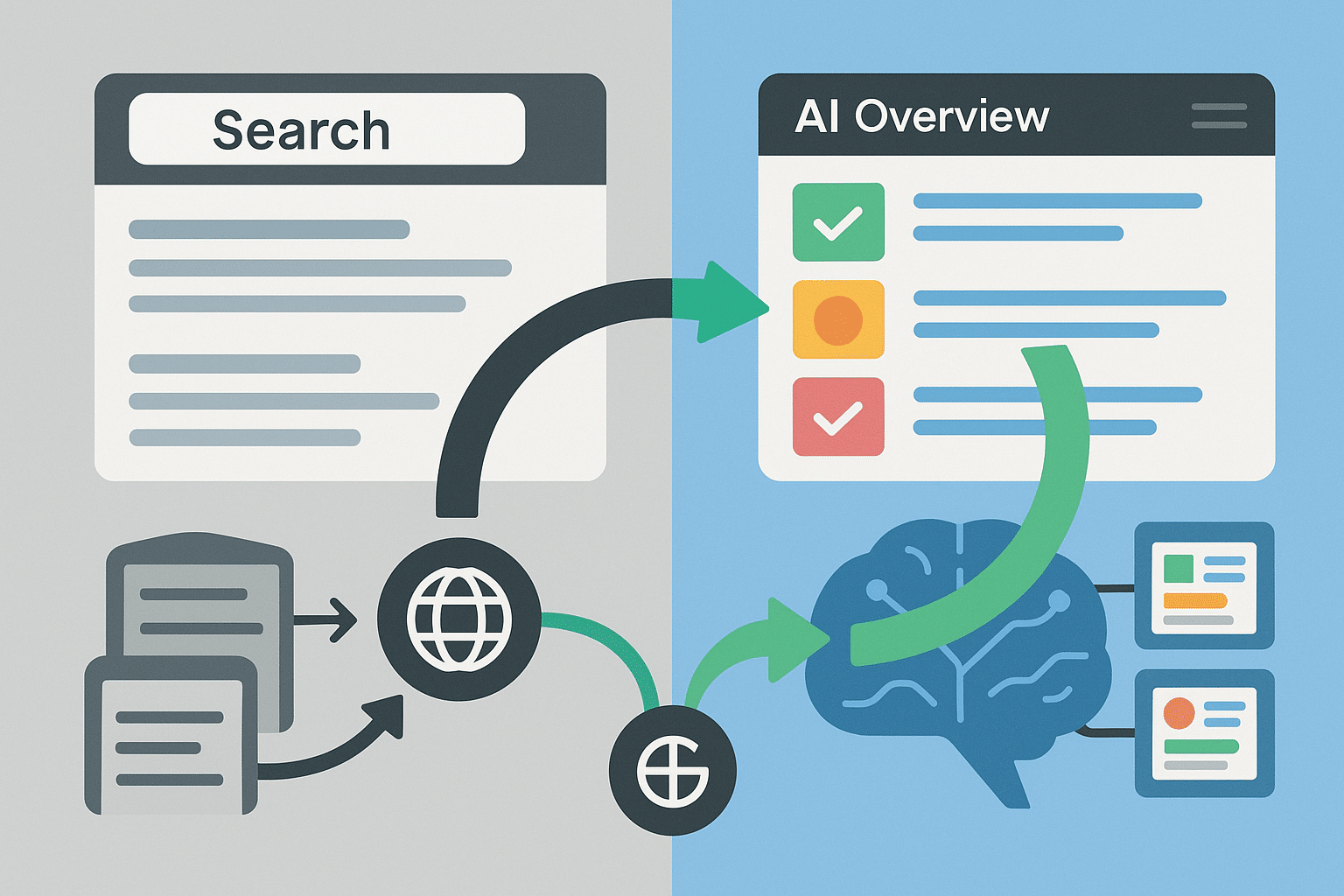The ideal blog post length for SEO is a topic of ongoing debate. Joe Bunting says the perfect length depends on your goal. It could be to get more comments, social shares, or traffic from Google.
We’re here to explore how different lengths can impact engagement, social shares, and search engine rankings. By understanding the optimal blog post length, we can create content that resonates with our audience. This improves our online presence.
Key Takeaways
- The ideal blog post length varies depending on the goal.
- Different lengths can impact engagement and social shares.
- Understanding optimal length can improve online presence.
- Content creators should consider their goals when determining length.
- A well-crafted blog post can boost search engine rankings.
The Evolution of Blog Content Length in Modern SEO
Since the early days of SEO, the best blog post length has been debated. Search engines keep changing, so do the content length standards.
How Blog Length Standards Have Changed Since 2010
In the early 2010s, short blog posts were seen as best. But, as search engines valued detailed content more, post lengths grew. Now, longer content usually ranks higher in search results.
| Year | Average Word Count | SEO Focus |
|---|---|---|
| 2010 | 500-700 words | Keyword density |
| 2015 | 1,000-1,500 words | Content quality |
| 2020 | 1,500-2,500 words | User experience |
Why Word Count Matters in Today’s Search Rankings
Word count is key in SEO because it shows content depth and value. Longer posts give more info, answer more questions, and search engines like them.
As we make content, knowing how blog post length has changed is vital. By keeping up with these changes, we can make our content rank better in search results.
What Data Reveals About Blog Post Length and SEO Performance
Recent studies have shown how blog post length affects SEO. It’s clear that longer content helps in search engine rankings.
Key Industry Studies on Content Length and SERP Positions
Many studies have looked at content length and search rankings. HubSpot found that 2,100-2,400 words is best for SEO. Longer content usually ranks higher in search results.
The Correlation Between Word Count, Engagement, and Backlinks
Longer content ranks higher and gets more engagement and backlinks. It offers more value to readers. This makes it more likely to be shared and linked to.
Case Studies from High-Ranking Blogs
Let’s look at some examples from top blogs. Backlinko found Google’s top content is over 1,000 words. Our study shows top blogs often have over 2,000 words.
| Word Count | Average SERP Position | Engagement Rate |
|---|---|---|
| 0-500 | 10.2 | 1.2% |
| 500-1000 | 7.5 | 2.1% |
| 1000-2000 | 4.8 | 3.5% |
| 2000+ | 2.1 | 5.1% |
Longer content does better in search rankings and gets more engagement. Knowing the best length for SEO helps us improve our content.
The Sweet Spot: Optimal Blog Length Ranges for SEO Success
Blog post length is key for SEO success. It’s important to know the best word count for blog posts.
For most topics, 1,500 to 2,000 words is best. This length covers the topic well and keeps readers interested.
The 1,500-2,000 Word Standard for Most Topics
A study by Backlinko shows top Google pages have about 1,890 words. This means longer content often ranks higher.
“The longer the content, the more likely it is to rank higher in Google.” –
But, the best word count depends on the topic and what people are searching for.
When 500-800 Word Posts Perform Better
For specific or quick answers, shorter content works better. News or product descriptions are good examples.
| Content Type | Ideal Word Count |
|---|---|
| News Articles | 500-700 |
| Product Descriptions | 500-800 |
When 2,500+ Word Content Dominates Rankings
Longer content is best for complex topics. It shows expertise and gives readers a lot of value.
In summary, while 1,500-2,000 words is a good start, the best length varies. It depends on the topic, search intent, and content type. By understanding these, we can make content that meets our audience’s needs and boosts our rankings.
How Search Intent Influences Ideal Blog Post Length
The length of a blog post depends on the user’s search intent. Knowing what the user wants is key to making content that meets their needs. It also helps in ranking well in search engines.
Matching Content Length to Informational Queries
Users looking for detailed answers or guides want longer posts. These posts often do well when they are 1,500 to 2,500 words. This length lets them dive deep into the topic.
Appropriate Length for Commercial and Transactional Searches
For users looking to buy or compare, shorter content is better. They need quick, relevant info. A length of 500 to 1,000 words is usually best for this.
Length Considerations for Navigational Queries
Navigational queries aim to find a specific site or page. These posts should be short and direct. The goal is to guide users quickly to what they need.
| Search Intent Type | Ideal Content Length | Content Characteristics |
|---|---|---|
| Informational | 1,500-2,500 words | Comprehensive, detailed |
| Commercial/Transactional | 500-1,000 words | Concise, product-focused |
| Navigational | Short, direct | Clear, straightforward |
Content Quality vs. Quantity: The SEO Balancing Act
Finding the right mix of content quality and quantity is key for SEO success. Search engines like detailed content, but the content’s quality matters too.
Why High-Value Content Always Outperforms Word Count
Content that is well-written, informative, and fun to read beats long content. Quality content gives readers what they need, answering their questions. This boosts user engagement and search rankings.

Techniques to Maintain Value Density in Longer Posts
To keep longer posts valuable, do deep research and share new insights. Use clear headings and multimedia elements like images and videos to make it better.
Editing Strategies for Eliminating Fluff
Editing is key to cut out extra words and complex sentences. Get rid of anything that doesn’t help the reader. This makes every word count for better SEO.
By mixing word count with content quality, we make content that works for both search engines and readers.
Industry-Specific Blog SEO Length Guidelines
Knowing the right length for blog posts is key for SEO success. Each industry has its own needs for content length to get the best SEO results.
It’s important to know the difference between B2B and B2C content. B2B content needs more detailed info for business decisions, so it’s usually longer.
B2B vs. B2C Content Length Differences
B2B content is often 1,000 to 2,500 words. It gives deep insights and analysis for business choices. B2C content, on the other hand, is shorter. It’s usually 500 to 1,000 words, aiming for a wider audience with simpler info.
Niche-Specific Word Count Recommendations
Each niche has its own best word count. Technical and financial topics need longer, detailed content. Lifestyle and entertainment topics do well with shorter, more fun posts.
Finance, Health, Technology, and Lifestyle Comparisons
Finance content is often 1,500 to 3,000 words, needing to be thorough and trustworthy. Health content also benefits from being detailed, usually 1,000 to 2,500 words. Technology blogs do well with 1,200 to 2,000 words of in-depth articles. Lifestyle blogs, however, can succeed with shorter, more engaging content, 500 to 1,200 words.
Understanding these guidelines helps tailor your content strategy. It meets your audience’s needs and boosts your SEO.
Mobile Optimization Strategies for Long-Form Blog Content
Most people now use mobile devices to access the internet. This means long-form blog posts need special mobile optimization. It’s key to know how mobile users interact with long content.
How Mobile Users Engage With Different Content Lengths
Mobile users like short, easy-to-read content. But, they also engage with longer content if it’s valuable and well-organized.
Key statistics on mobile user engagement:
| Content Length | Average Time Spent | Bounce Rate |
|---|---|---|
| 500-800 words | 2 minutes 15 seconds | 40% |
| 1,500-2,000 words | 4 minutes 30 seconds | 30% |
| 2,500+ words | 6 minutes | 25% |
Formatting Techniques to Improve Mobile Readability
To make content easier to read on mobile, use subheadings, bullet points, and short paragraphs. Breaking up content into sections makes it better for users.
Page speed is very important for mobile optimization, especially for long content. Make your page fast by optimizing images, using browser caching, and reducing HTTP requests.
Using these strategies can greatly improve how mobile users experience your long-form content. This leads to better engagement and SEO results.
Beyond Word Count: Critical Blog SEO Factors That Impact Rankings
Many factors affect a blog post’s SEO, not just the word count. Other elements play a big role in how well a page ranks in search results.
Content Structure and Readability Metrics
A well-structured article is key for both user experience and SEO. We should use clear headings and concise paragraphs. Proper formatting makes our content easy to scan.
Readability metrics, like the Flesch-Kincaid Grade Level, help us make sure our content is accessible. By optimizing these factors, we can boost our content’s performance.
Strategic Multimedia Integration
Adding multimedia like images, videos, and infographics can make our content better. These elements make our content more engaging. They also give us more chances to optimize.
We can optimize image alt tags and file names with relevant keywords. This improves our content’s visibility in search results.
Internal and External Linking Best Practices
Linking is vital for SEO and can greatly impact our content’s ranking. We should use internal linking to help users navigate and distribute link equity. External linking to high-quality sources can boost our content’s credibility and authority.
By focusing on content structure, multimedia, and linking, we can create content that works well for both users and search engines.
Practical Methods to Determine Your Blog’s Ideal SEO Length
Finding the right SEO length for your blog posts is key to better search rankings. We need to use data, look at competitors, and try different things.
Analyzing Your Top-Performing Content Data
First, check out your best blog posts. See how many words they have, what they’re about, and how they’re set up. Google Analytics can show us which posts get the most action and sales. This helps us make more content that works.
Competitor Content Length Analysis Techniques
Looking at what competitors post can teach us a lot. Find their top posts for your keywords and see how long they are. This shows us what’s popular in our field and how we can do better.
A/B Testing Different Content Lengths
Testing different post lengths is essential. Make several versions of a post with different word counts. Then, see which one gets more views and better SEO.
Tools for Tracking Length-Based Performance
Use tools like SEMrush or Ahrefs to see how content length affects your SEO. These tools give us info on keyword rankings, backlinks, and how users interact with our content. This helps us make our content even better.
Conclusion: Tailoring Blog Length to Your SEO Goals
Finding the right blog post length for SEO isn’t easy. It changes based on your goals, what people are searching for, and your industry. Each factor plays a big role.
Knowing your audience and what they’re looking for is key. This helps you make content they’ll love and find useful. Whether you aim for a certain length or focus on quality, your content should match your audience’s needs.
Look at your best content and see what works. This will help you find the best length for your blog. Our goal is to make content that’s both great and meets our SEO goals. It should also connect with our audience.
FAQ
What is the ideal blog post length for SEO?
The best blog post length for SEO changes based on the topic and audience. Research shows that content between 1,500-2,000 words often ranks well. But, there’s no single answer for everyone.
How has the ideal blog post length changed over time?
Since 2010, longer, more detailed content has become the norm. Studies show that longer content usually ranks better. Many top blogs have content over 1,500 words.
Does word count really matter for SEO?
Yes, word count is important for SEO. It affects engagement, social shares, and rankings. Quality is key, but detailed content tends to rank higher.
How does search intent influence ideal blog post length?
Search intent is key in choosing the right blog post length. For info queries, longer content works best. But for commercial searches, shorter content is better.
What is the optimal blog length for B2B and B2C content?
B2B content is often longer and more technical. B2C content is shorter and more engaging. Knowing your audience helps choose the right length.
How can I optimize my blog post for mobile users?
For mobile users, use subheadings, bullet points, and short paragraphs. Make sure your content loads fast and is easy to read on mobile.
What are the most critical blog SEO factors beyond word count?
Important SEO factors include content structure, readability, and multimedia use. Also, internal and external linking are key. These factors greatly affect your content’s visibility.
How can I determine my blog’s ideal SEO length?
Analyze your best content, compare with competitors, and test different lengths. Use tools to track how content length affects your blog’s performance.
Is it better to prioritize content quality or quantity?
Quality is more important than quantity. To keep longer posts valuable, edit to remove unnecessary words. Focus on providing detailed, researched information.










Leave a Reply